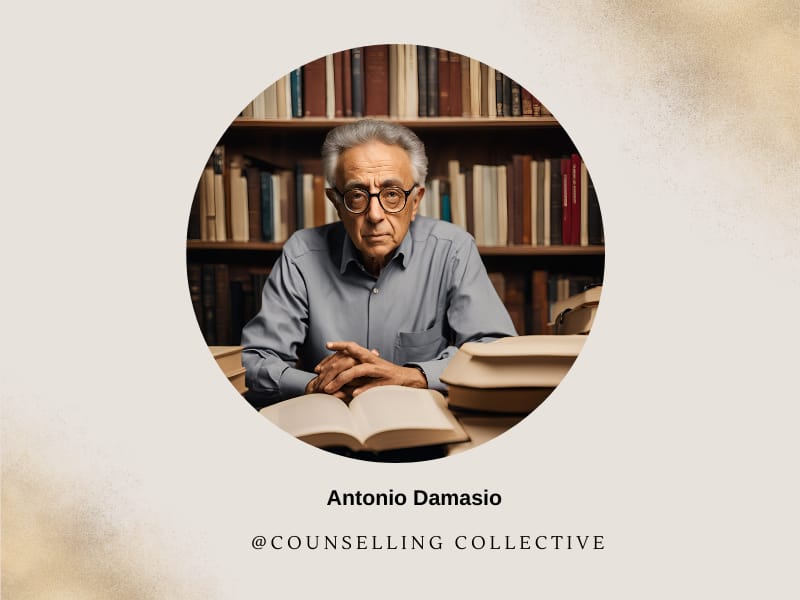Contents
Introduction
Carl Jung (1875–1961) was a Swiss psychiatrist and psychoanalyst who founded analytical psychology. His work has profoundly influenced modern psychology, philosophy, and cultural studies. Jung’s theories include concepts such as the collective unconscious, archetypes, and psychological individuation.
Jung initially collaborated with Sigmund Freud, but their relationship eventually diverged as Jung developed his own ideas.
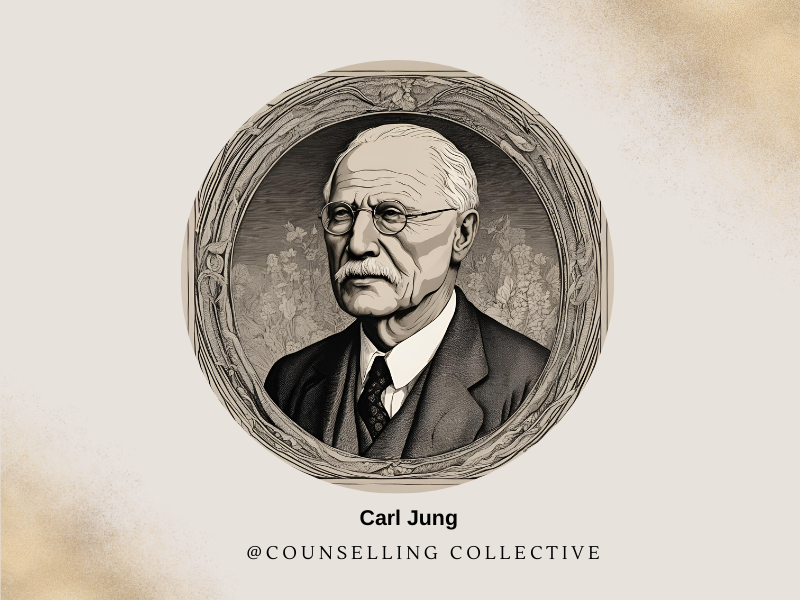
In this article, we explore Carl Jung’s groundbreaking contributions to psychology, including his theories on the collective unconscious, archetypes, and individuation. Explore more psychologists here
Life Of Carl Jung
Carl Jung was born into a deeply spiritual and intellectually stimulating family. His father, Paul Achilles Jung, was a pastor, and his mother, Emilie Preiswerk, had strong mystical beliefs.
His personal experiences and relationships significantly influenced his theories and work in psychology.
Image Source: thesap.org.uk
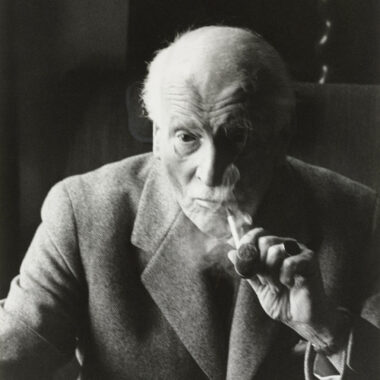
Carl Gustav Jung was born on July 26, 1875, in Kesswil, Switzerland, and displayed an early fascination with philosophy, spirituality, and the human mind.
- Childhood Environment: Raised in a well-educated family; his father was a pastor. Jung was the only surviving child among his siblings and experienced a lonely childhood, fostering self-reflection.
- Education: A curious and introspective student, Jung developed a deep interest in mythology, religion, and philosophy early on.
- University Studies: Enrolled at the University of Basel in 1895, initially studying medicine before shifting his focus to psychiatry.
- Early Career and Influences: Worked at Burghölzli Psychiatric Hospital in Zurich under Eugen Bleuler. His study of schizophrenic patients and meeting with Sigmund Freud in 1907 significantly influenced his work, leading to the development of concepts like the collective unconscious and archetypes.
Carl Gustav Jung was born on July 26, 1875, in Kesswil, Switzerland. He married Emma Rauschenbach in 1903, and they had five children. His family life was a blend of personal and professional interests, deeply influenced by his fascination with spirituality and mysticism.
Jung’s career include the development of the Word Association Test, which explored the unconscious mind, and the publication of “Psychological Types” in 1921, introducing his theory of personality types. Jung also established Analytical Psychology, marking his departure from Freud’s psychoanalysis.
In 1948, Jung founded the C.G. Jung Institute in Zurich to promote his psychological theories. He remained an influential figure in psychology until his death on June 6, 1961, in Küsnacht, Switzerland.
Education Background Of Carl Jung
| Aspect | Details |
| Primary Education | Attended local schools in Basel, Switzerland |
| University | University of Basel |
| Degree | Doctor of Medicine (MD) in 1900 |
| Specialization | Psychiatry and neurology |
| Postgraduate Study | Studied in Zurich and Vienna; influenced by early psychoanalysis |
| Key Influences | Sigmund Freud’s psychoanalytic theory, the natural sciences, and philosophy |
Theories & Experiments Introduced by Carl Jung
Carl Jung, a Swiss psychiatrist and psychoanalyst, made significant contributions to psychology, particularly through his exploration of the unconscious mind.
His work laid the foundation for analytical psychology and introduced numerous influential theories and concepts. Jung’s ideas continue to shape modern psychology, philosophy, and cultural studies.
Image Source: psyche.co

Following table lists down the major concepts coined by Carl Jung:
| Theory/Concept | Description |
| Collective Unconscious | A part of the unconscious mind shared by all human beings, containing universal experiences and archetypes |
| Archetypes | Innate, universal symbols and themes in the collective unconscious, such as the Hero, the Mother, and the Shadow. |
| Individuation | The process of integrating different parts of the self to achieve personal wholeness and self-realization. |
| Persona | The social mask or façade that a person presents to the world, often concealing their true self. |
| Shadow | The unconscious part of the personality that contains repressed weaknesses, desires, and instincts. |
| Anima and Animus | The feminine aspect of the male psyche (anima) and the masculine aspect of the female psyche (animus). |
| Synchronicity | The concept of meaningful coincidences that are not causally related but have significance for the individual. |
| Introversion and Extraversion | Personality dimensions describing where individuals focus their energy: internally (introversion) or externally (extraversion). |
| Psychological Types | The classification of personalities into types based on dominant functions, such as thinking, feeling, sensation, and intuition. |
| Dream Analysis | The interpretation of dreams to uncover the unconscious mind’s contents and gain insight into personal issues. |
Carl Jung work was so saturated in nature that it influenced the many aspects of society and psychology, some of which are listed below:
- Collective Unconscious: Jung’s concept of the collective unconscious expanded the understanding of the unconscious mind by including shared, inherited memories and archetypes.
- Archetypes: Jung’s identification of universal symbols, or archetypes, influenced psychology, literature, art, and culture by providing a framework for understanding human behavior.
- Psychological Types: Jung’s theory of personality types (e.g., introversion vs. extroversion) led to the development of personality assessment tools like the Myers-Briggs Type Indicator (MBTI).
5 Notable Experiments and Studies
Carl Jung conducted several influential experiments and studies that significantly advanced
psychological research.
| Patient / Theory Details | Details | Significance |
| Schizophrenia (1910s) | Observed fragmented thinking; explored archetypes. | Enhanced understanding of psychosis and the collective unconscious. |
| Neurotic Symptoms (1920s) | Analyzed dreams and fantasies; linked to unconscious conflicts. | Highlighted the role of dream analysis in therapy. |
| Complexes and Archetypes (1930s) | Identified personal complexes related to archetypes. | Advanced understanding of the collective unconscious. |
| Mythological Symbols (1930s) | Investigated mythological symbols in dreams. | Provided insight into the impact of cultural symbols on the unconscious. |
| Transference and Countertransference (1940s) | Studied dynamics between therapist and patient. | Improved understanding of therapeutic relationships and treatment impact. |
Common Archetypes in Jung’s theory of the collective unconscious:
- The Persona: The social mask we wear in public, representing our public image.
- The Shadow: The hidden, repressed, and often darker aspects of our personality.
- The Anima/Animus: The feminine side of a man (anima) and the masculine side of a woman (animus), symbolizing the true self.
- The Hero: Embodies the struggle for self-realization and overcoming challenges.
- The Wise Old Man/Woman: Represents wisdom, insight, and guidance from within or through a mentor figure.
- The Mother: Symbolizes nurturing, care, and the source of life and growth.
- The Child: Represents innocence, potential, and new beginnings.
- The Trickster: Embodies mischief, playfulness, and the disruption of norms, often leading to transformation.
- The Self: Represents the totality of the psyche, integrating all aspects of personality into a harmonious whole.
Famous Books and Publications

Psychological Types 1921 by Carl Jung
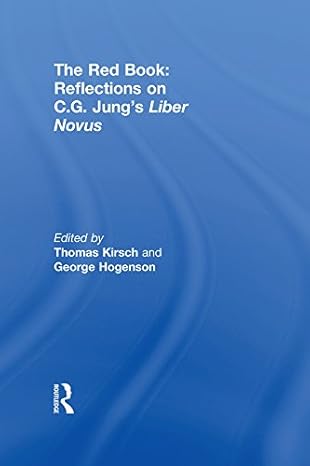
The Red Book by Carl Jung 2009 new edition
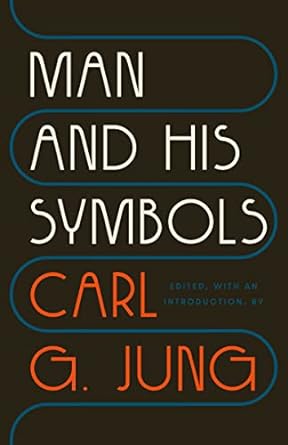
Man and His Symbols 1964 by Carl Jung
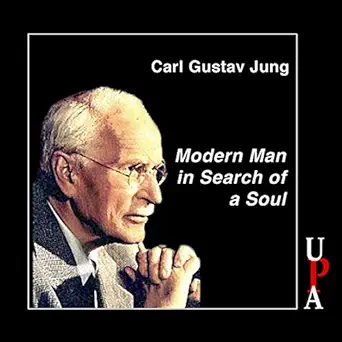
Modern Man in Search of a Soul 1933

Symbols of Transformation by Carl Jung 1952
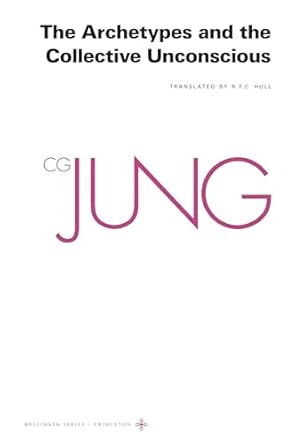
The Archetypes & the Collective Unconscious
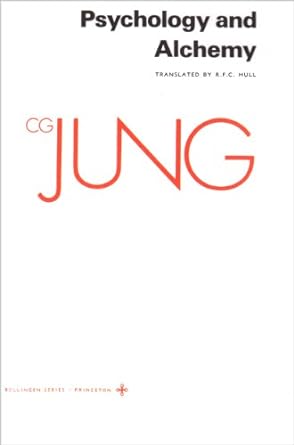
Psychology and Alchemy by Carl Jung 1944

The Practice of Psychotherapy 1953
Influence on Contemporary and Future Psychological Research
Carl Jung’s theories continue to significantly shape both contemporary and future psychological research. His ideas have profoundly impacted various areas of psychology and related fields:
- Personality Assessments: Influenced the development of tools like the Myers-Briggs Type Indicator (MBTI).
- Dream Analysis: Continues to impact therapeutic practices for exploring unconscious processes.
- Archetypes and Symbolism: Affects understanding in literature, film, and cultural studies through universal themes.
- Depth Psychology: Remains central to exploring the psyche’s conscious and unconscious aspects.
- Jungian Psychotherapy: Ongoing influence in therapeutic techniques focusing on individuation and personal growth.
- Synchronicity: Concept of meaningful coincidences informs studies on meaningful patterns and connections.
Cultural and Social Studies: Ideas on the collective unconscious and archetypes shape analyses of cultural phenomena.
Psychologists Influenced by Carl Jung’s Work
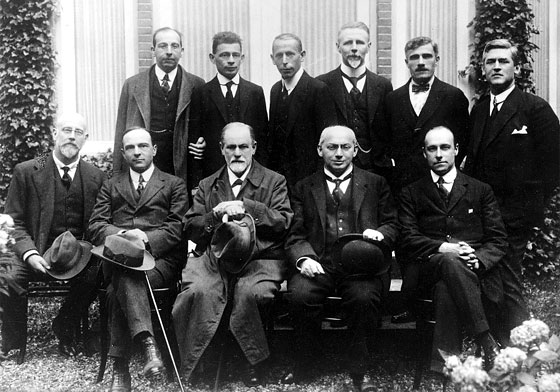
- Marie-Louise von Franz: A close collaborator of Jung, she expanded on his ideas about archetypes and the collective unconscious, particularly in dream analysis and fairy tales.
- James Hillman: Developed archetypal psychology, which builds on Jung’s concepts of archetypes and the collective unconscious, emphasizing the importance of mythology and imagination in therapy.
- Aniela Jaffé: Jung’s biographer and a prominent analyst, she contributed to the understanding of Jung’s work and its application in psychotherapy.
- Erich Neumann: A student of Jung, he extended Jungian theory into developmental psychology, focusing on the evolution of consciousness and the feminine aspect of the psyche.
- John Beebe: An influential Jungian analyst known for his work on personality types and the development of the psychological functions in relation to Jung’s theories.
Legacy of Carl Jung
- Creation of Analytical Psychology: Developed analytical psychology, introducing concepts like the collective unconscious, archetypes, and individuation, which expanded the understanding of the psyche.
- Influence on Personality Theory: Introduced the theory of psychological types, including the Myers-Briggs Type Indicator, which remains widely used in personality assessment and counseling.
- Impact on Spirituality and Mythology: Integrated spirituality, mythology, and symbolism into psychological practice, influencing fields such as religious studies, art, and cultural analysis.
- Development of Therapeutic Techniques: Developed techniques like dream analysis and the Word Association Test to explore the unconscious mind and facilitate personal growth.
- Foundation of the C.G. Jung Institute: Established the C.G. Jung Institute in Zurich, which continues to promote and advance his theories and practices in psychotherapy and depth psychology.
Conclusion
Carl Jung’s groundbreaking contributions have left a lasting imprint on psychology and beyond.
His exploration of the collective unconscious, archetypes, and individuation has enriched our understanding of the human psyche and influenced various fields. Jung’s theories continue to guide contemporary research and practice, shaping tools like the Myers-Briggs Type Indicator and therapeutic approaches.
His legacy is further carried forward by institutions such as the C.G. Jung Institute and psychologists influenced by his work, including James Hillman, Marie-Louise von Franz, and Aniela Jaffé For more on Jung’s impact, explore his profound influence on contemporary psychology.
FAQs
What are Carl Jung’s main contributions to psychology?
Carl Jung is best known for his development of analytical psychology, including concepts such as the collective unconscious, archetypes, and individuation. His work laid the foundation for modern personality assessments and therapeutic practices. For more details, see Carl Jung’s Contributions.
How did Carl Jung’s early life influence his psychological theories?
Jung’s early exposure to spirituality, nature, and philosophy significantly shaped his psychological theories. His bilingual upbringing and familial influences also contributed to his understanding of the human psyche. Learn more about his early life in Carl Jung’s Biography
What is the collective unconscious according to Carl Jung?
The collective unconscious is a concept introduced by Jung referring to shared, universal experiences and archetypes that reside in the unconscious mind of all humans. For an in-depth explanation, visit Collective Unconscious.
How did Carl Jung’s work differ from Sigmund Freud’s theories?
While both Jung and Freud focused on the unconscious mind, Jung diverged from Freud by emphasizing the collective unconscious and archetypes rather than Freud’s focus on repressed sexual drives. Compare their theories at Jung vs. Freud.
What is the significance of the C.G. Jung Institute?
Founded in 1948, the C.G. Jung Institute in Zurich is a leading institution dedicated to training analysts and promoting Jungian psychology. It continues to uphold and develop Jung’s theories. Explore more at the C.G. Jung Institute.
Bibliography
- [1] Jung, C. G. (1912). The psychology of the unconscious. Stuttgart: Verlag von Ferdinand Enke.
- [2] Jung, C. G. (1921). Psychologische Typen. Zürich: Rascher Verlag.
- [3] Jung, C. G. (1933). Modern man in search of a soul. New York: Harcourt Brace.
- [4] Jung, C. G. (1944). Psychology and alchemy. Princeton University Press.
- [5] Jung, C. G. (1951). Research into the phenomenology of the self. Princeton University Press.
- [6] Jung, C. G. (1952). Symbols of transformation. Princeton University Press.
- [7] Jung, C. G. (1959). The archetypes and the collective unconscious. Princeton University Press.
- [8] Jung, C. G. (1964). Man and his symbols. Garden City, NY: Doubleday.
- [9] Jung, C. G. (2009). The red book. W. W. Norton & Company. (Original work published 2009)

